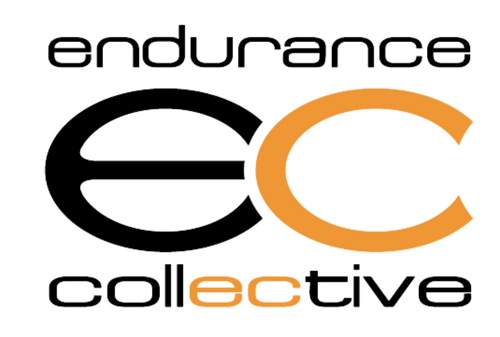Why Dry Needling Is a Game Changer in Sports Physical Therapy
By The Endurance Collective
Whether you're chasing a marathon PR, grinding through Ironman training, or putting in heavy volume on the bike, muscle tightness, pain, and movement restrictions can throw a wrench into your progress. That’s where dry needling enters the picture—a powerful recovery and performance tool that’s gaining momentum among endurance athletes and sports physical therapists alike.
What Is Dry Needling?
Dry needling is a technique where a certified clinician inserts thin, monofilament needles into trigger points—hyperirritable, tight spots in muscles. The goal is to release tension, reduce pain, and restore normal muscle function. Unlike acupuncture, which is rooted in traditional Chinese medicine, dry needling is based on Western anatomical and neurophysiological science.
Why Endurance Athletes Should Care
If you've ever dealt with nagging pain, stubborn tightness, or post-workout stiffness that just won’t go away, dry needling may be a missing piece in your recovery puzzle. Here’s why it’s especially helpful for endurance athletes:
1. Accelerates Recovery
Endurance training is repetitive by nature. Overuse can lead to microtraumas and chronic tightness in muscles like the calves, quads, hamstrings, or hip flexors. Dry needling helps restore tissue health by stimulating a healing response and improving blood flow—so you can bounce back faster.
2. Releases Deep Muscle Tension
Sometimes foam rolling and stretching just don’t cut it. Dry needling can access deep muscle layers that are hard to reach manually. By releasing trigger points and calming hyperactive nerves, it provides relief from tight, knotted muscles that limit your range of motion.
3. Improves Biomechanics and Efficiency
When muscles are restricted or weak, your movement patterns start to shift—and not in a good way. Dry needling can help reset neuromuscular function, enabling more efficient and pain-free movement. That means fewer compensation patterns and less risk of overuse injuries.
4. Reduces Chronic Pain
Dry needling is a powerful tool for managing persistent conditions like:
IT band syndrome
Plantar fasciitis
Achilles tendinopathy
Runner’s knee
Low back pain
By targeting both the symptom and the source, it can break the pain cycle and help restore proper function.
What to Expect in a Session
A typical session lasts 15–30 minutes and is often combined with manual therapy, corrective exercise, or mobility work. You might feel a twitch response during needling, followed by a deep ache or soreness for a day or two—similar to post-workout fatigue.
Dry needling isn’t a magic fix, but when integrated into a thoughtful treatment plan, it can be a catalyst for faster healing, improved performance, and better movement.
Is Dry Needling Right for You?
Dry needling is safe and effective when performed by a trained professional. It’s not for everyone—those with certain medical conditions, bleeding disorders, or a fear of needles should consult their provider. But for many athletes, it's a valuable addition to their recovery toolbox.
Final Thoughts
At The Endurance Collective, we’re all about training smart and recovering smarter. Dry needling is more than a trend—it's a science-backed therapy that helps endurance athletes stay healthy, move better, and perform at their peak.
If you're battling tightness or an injury that keeps coming back, talk to your sports PT about whether dry needling might be the right tool to help you get back to doing what you love—faster and stronger than before.
Need help building a personalized recovery plan? Reach out to our team at The Endurance Collective and let’s get you back on track.

